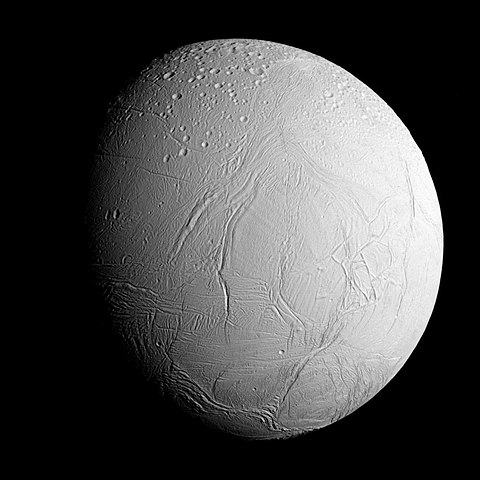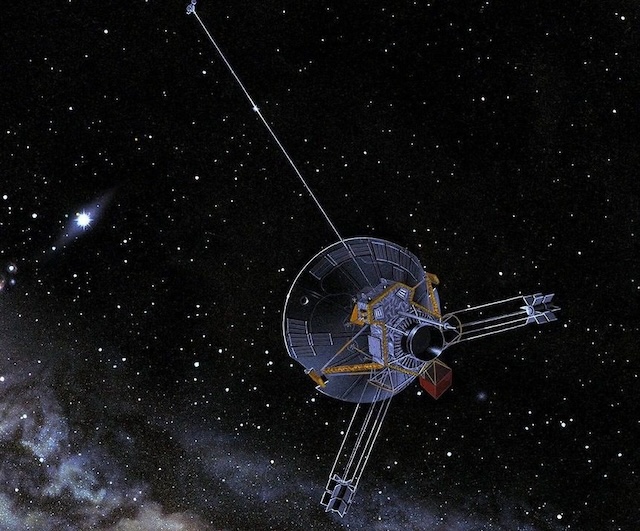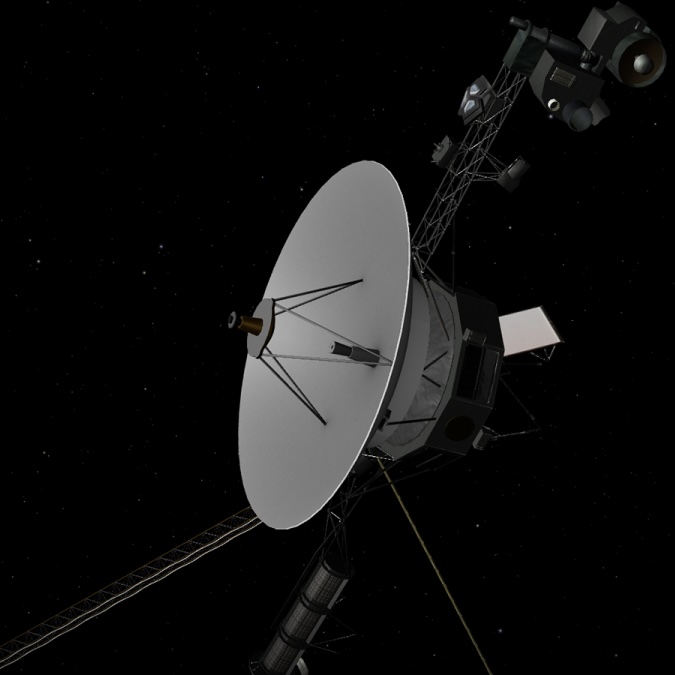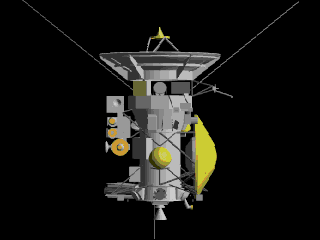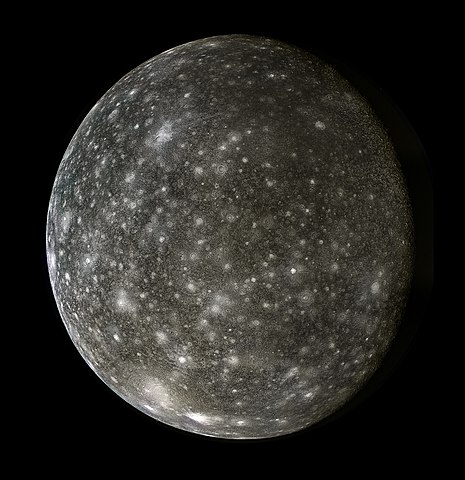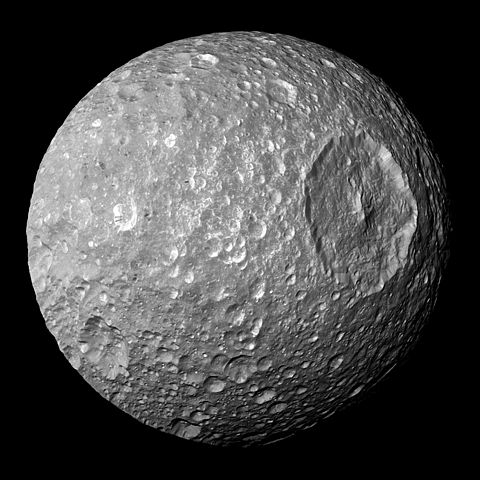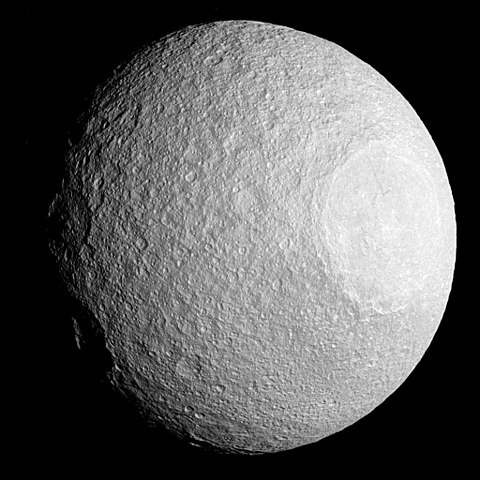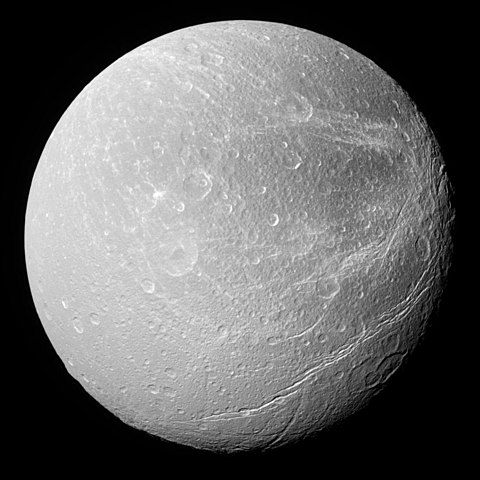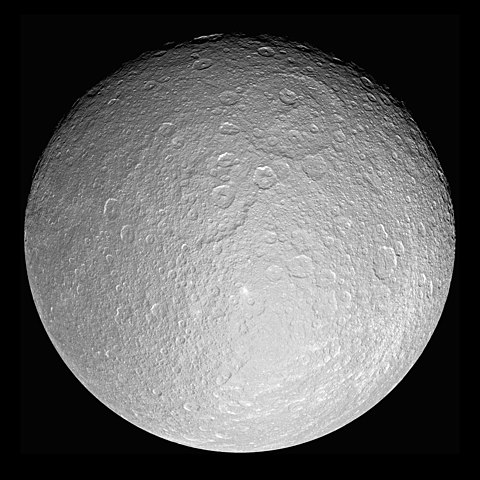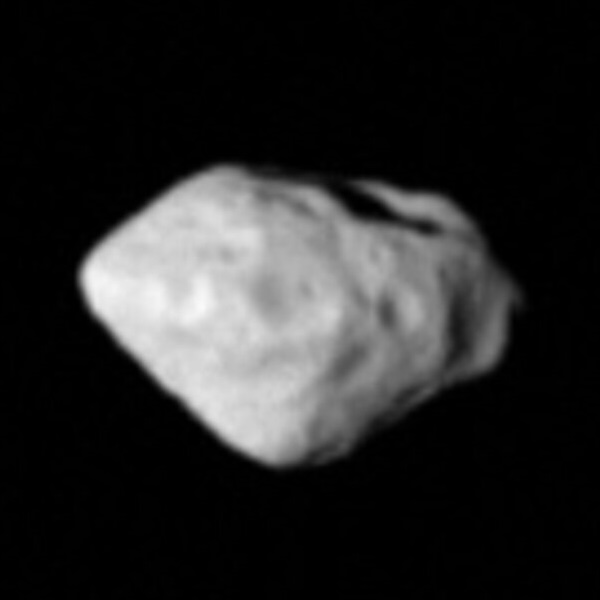1 day / second
0.5 AU
Enceladus
Moon of Saturn
A small icy moon with a bright white surface that shoots plumes of water vapor from cracks near its south pole, indicating the presence of a subsurface ocean beneath its frozen crust.
Key Facts
learn more | Wikipedia |
mass | 1.0802e+20 kg |
radius | 252.1 km |
semi-major axis | 238,040 km |
eccentricity | 0.005 |
inclination | 26.739º |
longitude of the ascending node | 0º |
argument of periapsis | 0º |
orbital period | 1.371 days |
surface gravity | 0.012 g |
discovery date | August 28, 1789 |
discovered by | William Herschel |
name origins | Named after Enceladus, a giant from Greek mythology |
albedo | 1.375 |
material composition | Primarily water ice |
rotation | Tidally locked to Saturn |
Parent Planet
Saturn
A massive ringed gas giant with a distinctive yellow-orange hue, known for its extensive system of icy rings and more than 80 moons, including Titan, the only moon in the Solar System with a thick atmosphere.
Spacecraft Visits
Pioneer 11
Flyby
Launched in 1973, visited in 1979
Pioneer 11 passed within 2,500 kilometers of Enceladus on September 1, 1979, capturing low-resolution images that revealed little detail about the moon's surface features.
Voyager 1
Flyby
Launched in 1977, visited in 1980
Voyager 1 performed a distant flyby of Enceladus at a range of 202,000 kilometers on November 12, 1980, providing the first detailed images of this icy Saturnian moon.
Voyager 2
Flyby
Launched in 1977, visited in 1981
Voyager 2 conducted a distant flyby of Enceladus at a range of 87,000 kilometers on August 26, 1981, obtaining the first detailed images of the moon's icy surface and revealing its high albedo.
Cassini
Flyby
Launched in 1997, visited in 2005
During its 2005 flyby of Enceladus, Cassini discovered plumes of water vapor and organic compounds erupting from the moon's south polar region, revealing the presence of a subsurface ocean beneath its icy crust.
